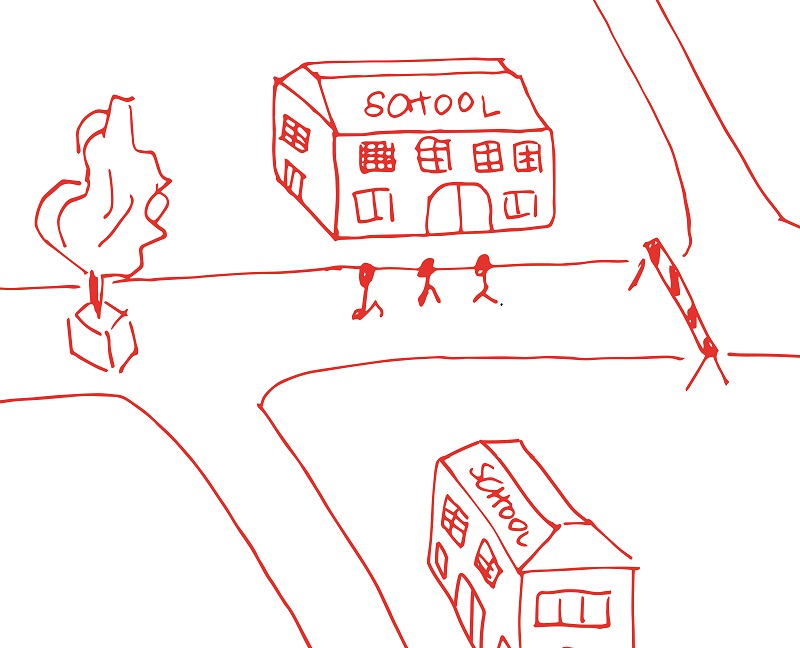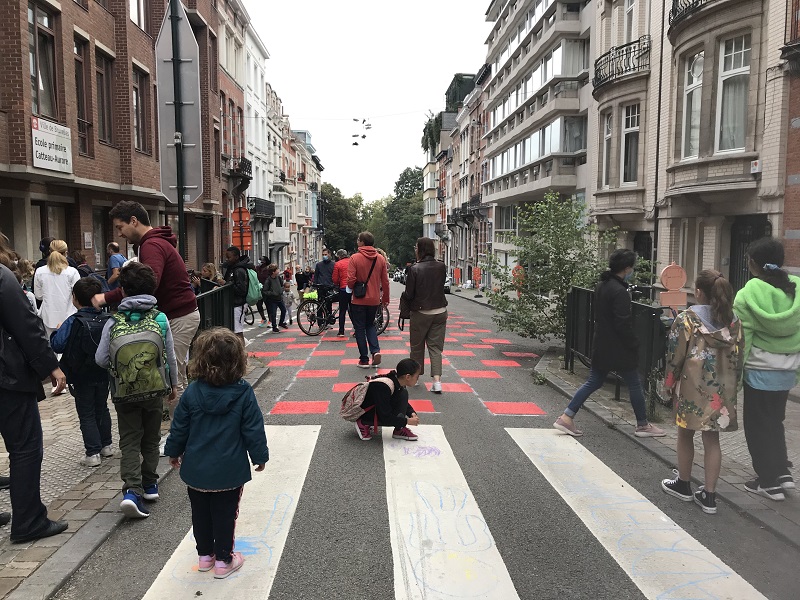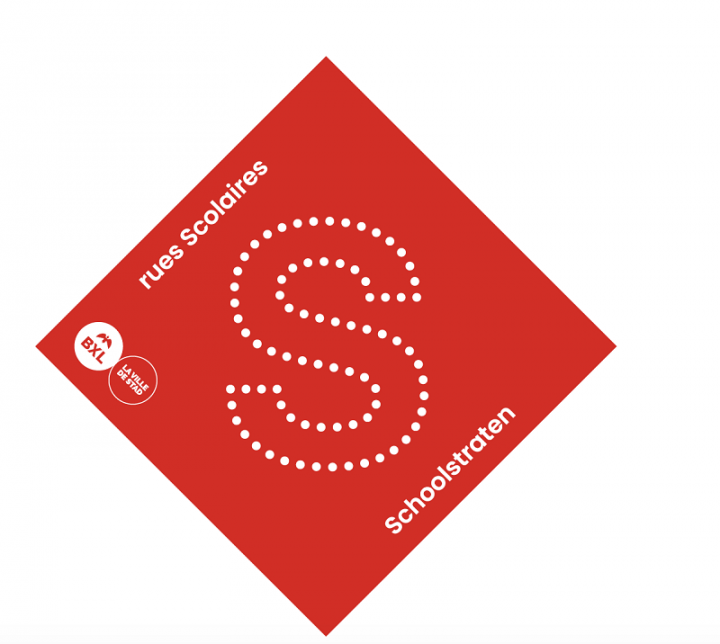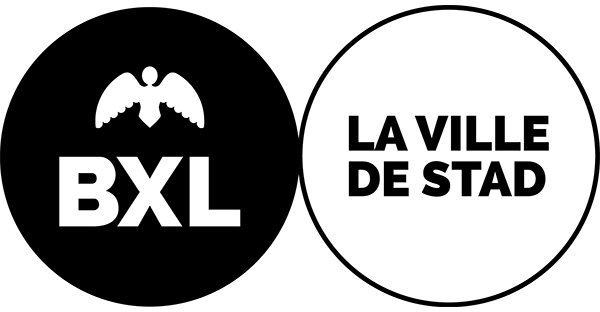Low-traffic school quarters
The City of Brussels wants to take action to make the city and all its neighborhoods safer and healthier. In the coming years, it will therefore focus on developing quieter school quarters on its territory.
This mission is part of the City's ambition to improve the air quality around schools and to make the environment around the school a pleasant, safe place. Because the starting point for building a liveable city is to guarantee the health and safety of the most vulnerable, namely school-age children.
By introducing school streets, the City of Brussels wants to discourage car traffic in these streets and limit traffic as much as possible. Pupils, parents and staff are also encouraged to go to school in an active way. In this way, the City not only wants to contribute to an improvement of the air quality in school neighbourhoods, but also to increase safety in the vicinity of schools.

The Traffic Code defines a 'school street' as a street at the entrance of a school, which is closed off with a barrier at the beginning and end of the school day. Car traffic is thus banned on those streets at certain times during the day, so that pupils can arrive at school safely on foot or by bicycle.
The City of Brussels likes to go a step further. It uses school streets as an opportunity to examine the mobility of the entire school environment in an integrated manner. Perhaps a school street may contribute to other solutions for mobility bottlenecks in the neighbourhood?
The City is also looking at a school street with a long-term view. Perhaps a school street can be more than a temporary closure of a street? The City uses school streets as a lever to make school environments more livable in other areas as well. For example, a school street can also be a more fundamental intervention, such as making a neighborhood more car-free.
The City of Brussels attaches great importance to the participation of its inhabitants and users in the transformation to a safe, healthy and social city. That is why it appointed the Architecture Workroom Brussels - CityTools - Filter Café Filtré Atelier to work for the next 2 years on local supervision of the realization of school streets.
Are you an interested or concerned citizen, trader, do you represent an organization in a neighborhood with one or more schools? Do you represent a school or are you closely involved in this? Then you can give your opinion. The City wants to know at any time during the counseling process what works for you and what doesn't, so that we can work together towards safe, healthy and accessible (school) neighbourhoods. The City regularly organizes neighborhood meetings, surveys, evaluation moments,... to ensure that this runs smoothly.
In 2020, the consultancy was launched in a first series of school environments together with a number of interested schools.
These school environments are first analysed, in terms of mobility, greenery, programs, actors,... together with the schools involved and a number of key actors in the neighbourhood. Based on these environmental analyses, initial proposals are made for a school street in the short, medium and long term. How a school street takes shape depends strongly on what the school environment allows and needs. In some school environments, a permanent traffic filter in the street is the best solution to discourage through traffic.
In other school environments, the introduction of a low-traffic zone is most desirable. In yet other school environments, the temporary closure of a street is investigated on the basis of collapsible posts.
These proposals are then presented at a district meeting. Afterwards, the research will continue with a view to developing concrete measures that can be tested in the first instance. During the test phase, the temporary school street is evaluated. The consultancy will then investigate the impact of the intervention on the circulation, on changes in the travel behavior of school-age children, residents and users, as well as on the perception of residents and users of the neighbourhood.
The results of this evaluation will then help shape the final plan for a school street in the medium term.
Rue des Riches Claires (between the Rue Saint-Christophe and Rue Van Artevelde): since 16 August 2022, as part of the Good Move Pentagon plan.
Rue du Canon and Marais: calming the school environment with signs and street furniture, since 16 August 2022, as part of the Good Move Pentagon plan.
Rue de Flandre and Rue de la Clé: calming of the school environment (limited access zone), since 16 August 2022, as part of the Good Move Pentagon plan.
Rue de l'Aurore: since 9 October 2023, following the test and its evaluation.
Triangle quarter: the new traffic scheme started on 15 May 2023. The evaluation is ongoing: Triangle school quarter
Tivoli quarter: Tivoli school quarter
Authorisations for access

Now that the first school streets are a reality, it is time for more of these initiatives. The City is investigating which interventions can make school environments safer and school streets healthier. In this way, the City, schools and residents can take steps towards a long-term vision for these school quarters.
School street projects are currently also being studied for other streets and neighborhoods of the City.
If you are also interested in turning your street into a school street with your school and/or your neighborhood, please contact:
- urb.mobilite@brucity.be
- or fill in the form

